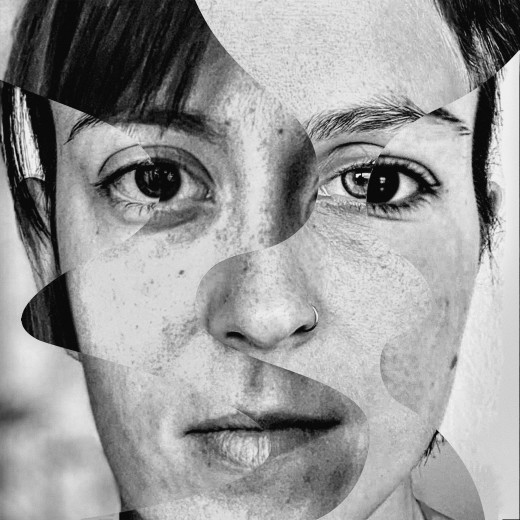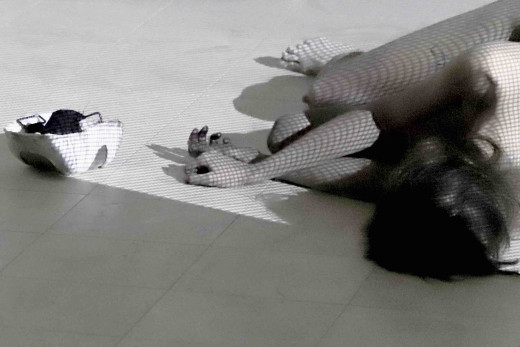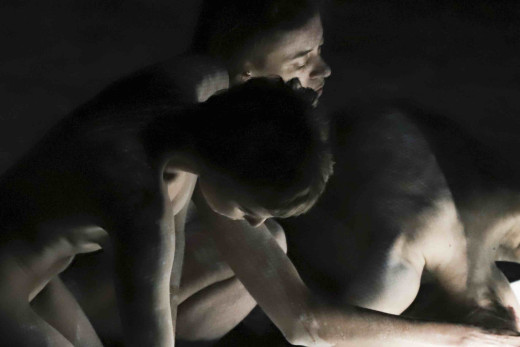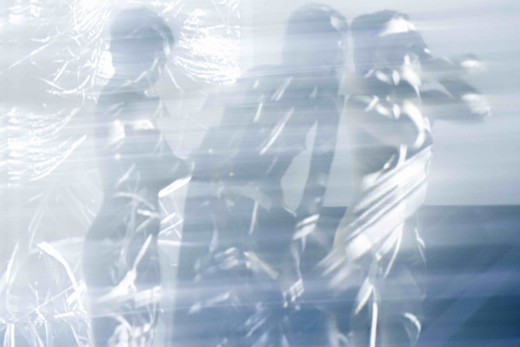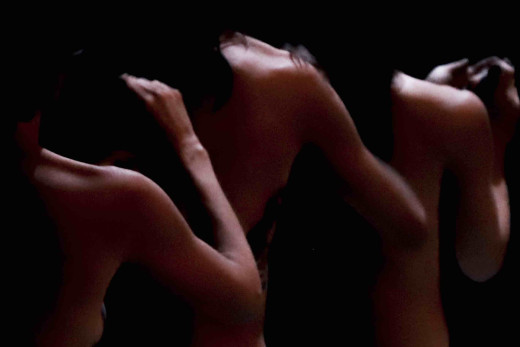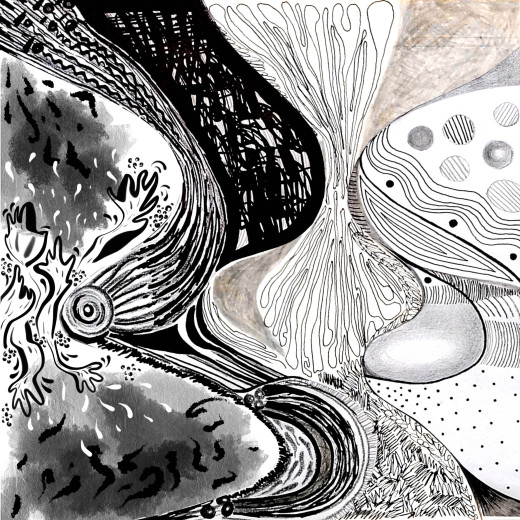Coauthors
Description
The Vast Horizon of Flesh, the Healing of Wounds
Speaking of pain, especially physical pain, means relying on linguistic approximations. We can describe it, and use euphemisms and other linguistic figures, but it seems we can never fully convey or communicate it. As Elaine Scarry pointed out in her now-iconic book The Body in Pain: The Making and Unmaking of the World, “physical pain—unlike any other state of consciousness—has no referential content. It is not of or for anything. It is precisely because it takes no object that it, more than any other phenomenon, resists objectification in language.” In recent years, the artistic exploration of historical and current issues of pain, bodily – and especially sexual – violence, and the use of language in articulating pain has been the central theme of Tatiana Kocmur's work.
The afflicted body must follow a path to healing. But how can pain disappear, how can it be treated when we know it has no form and therefore cannot be grasped? Furthermore, where can a suffering subject proceed after confronting pain? The healing process begins when the victim can accept an altered image of their own body and subjectivity and when they can speak of it, explains the artist. This process starts, she elaborates, when pain transforms into an objectified state. Gradually, it begins to shed, to depart, creating a clearing where love for this new, altered body can settle instead of violence. Therefore, after The Following Body, in which the artist depicted the struggle of confronting the violent intrusion into the body and life of the subject, her work Flesh continues the saga of pain and the path out of it.
The aching body turns towards its own healing, recovery, towards an inward-directed love that it celebrates repetitively. Repetition, as a quality for achieving change, in this work draws on the concept of choreomania, a phenomenon of an alleged epidemic of spontaneous movement in entire communities that would dance to exhaustion to relieve stress and thereby forget the persistence of poverty. One senses a healing aspect when the effort reflects internal pain, articulates it, and, ultimately, at least momentarily provides relief. We recall that the performative artists of the second wave of feminism, during the late 1960s and early 1970s, already knew and argued, both theoretically and artistically, that pain triggered by a violent act upon the body is not and must not be its endpoint. They embedded pain into performative rituals to depict social antagonisms, societal inhumanity, and the political exploitation of the body.
The effort of the body directs itself into a dance of deep breaths – a place of expressiveness where body and thought are not separate entities but, as Maurice Merleau-Ponty once said, one flesh. This flesh, this Flesh, represents a horizon of mutual care among individuals who intimately and spontaneously form a supportive community, a refuge, a space of peace and regeneration. Vulnerability becomes strength, through which we weave a new tissue – a living image of flesh that strips violence of its voice and hands it over to a body that loves itself, that heals itself.
Concept: Tatiana Kocmur
Co-authors and Performers: Ivana Kocmur, Tatiana Kocmur, Eva Mulej Vrabič, Liza Šimenc
Voices: Ivana Kocmur, Tatiana Kocmur, Eva Mulej Vrabič, Liza Šimenc
Sound: Eva Mulej Vrabič
Video and Editing: Tatiana Kocmur
Masks: Jaka Grm
Props: Gašper Čekada, Jaka Grm, Ivana Kocmur
Object: Daniel Leber
Text: Tatiana Kocmur
Design: Tatiana Kocmur
Producer: Žiga Predan
Photo documentation: Marijo Županov
Video documentation and edition: Hana Vodeb
